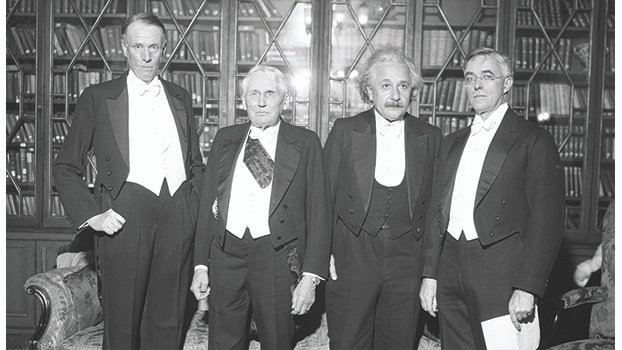Penicillin, WWII and commercial production

The increasingly obvious value of penicillin in the war effort led the War Production Board (WPB) in 1943 to take responsibility for increased production of the drug. The WPB investigated more than 175 companies before selecting 21 to participate in a penicillin program under the direction of Albert Elder; in addition to Lederle, Merck, Pfizer and Squibb, Abbott Laboratories (which had also been among the major producers of clinical supplies of penicillin to mid-1943) was one of the first companies to begin large-scale production. These firms received top priority on construction materials and other supplies necessary to meet the production goals. The WPB controlled the disposition of all of the penicillin produced.
One of the major goals was to have an adequate supply of the drug on hand for the proposed D-Day invasion of Europe. Feelings of wartime patriotism greatly stimulated work on penicillin in the United Kingdom and the United States. For example, Albert Elder wrote to manufacturers in 1943: "You are urged to impress upon every worker in your plant that penicillin produced today will be saving the life of someone in a few days or curing the disease of someone now incapacitated. Put up slogans in your plant! Place notices in pay envelopes! Create an enthusiasm for the job down to the lowest worker in your plant."
As publicity concerning this new "miracle drug" began to reach the public, the demand for penicillin increased. But supplies at first were limited, and priority was given to military use.
Dr. Chester Keefer of Boston, Chairman of the National Research Council's Committee on Chemotherapy, had the unenviable task of rationing supplies of the drug for civilian use. Keefer had to restrict the use of the drug to cases where other methods of treatment had failed. Part of his job was also to collect detailed clinical information about the use of the drug so that a fuller understanding of its potential and limitations could be developed. Not surprisingly, Keefer was besieged with pleas for penicillin. A newspaper account in the New York Herald Tribune for October 17, 1943, stated: "Many laymen - husbands, wives, parents, brothers, sisters, friends - beg Dr. Keefer for penicillin. In every case the petitioner is told to arrange that a full dossier on the patient's condition be sent by the doctor in charge. When this is received, the decision is made on a medical, not an emotional basis."
Fortunately, penicillin production began to increase dramatically by early 1944. Production of the drug in the United States jumped from 21 billion units in 1943, to 1,663 billion units in 1944, to more than 6.8 trillion units in 1945, and manufacturing techniques had changed in scale and sophistication from one-liter flasks with less than 1% yield to 10,000-gallon tanks at 80-90% yield. The American government was eventually able to remove all restrictions on its availability, and as of March 15, 1945, penicillin was distributed through the usual channels and was available to the consumer in his or her corner pharmacy.
By 1949, the annual production of penicillin in the United States was 133,229 billion units, and the price had dropped from twenty dollars per 100,000 units in 1943 to less than ten cents. Most British companies moved over to the deep tank fermentation production of penicillin, pioneered in the United States, after the end of the war to meet civilian needs. In the United Kingdom, penicillin first went on sale to the general public, as a prescription only drug, on June 1, 1946.
In Britain, Chain and Abraham continued to work on the structure of the penicillin molecule, aided by the X-ray crystallographic work of Dorothy Hodgkin, also at Oxford. The unique feature of the structure, which was finally established in 1945, is the four-membered highly labile beta-lactam ring, fused to a thiazolidine ring. In the same year Alexander Fleming, Howard Florey, and Ernst Chain were awarded the Nobel Prize for their penicillin research.
The co-operative efforts of American chemists, chemical engineers, microbiologists, mycologists, government agencies, and chemical and pharmaceutical manufacturers were equal to the challenge posed by Howard Florey and Norman Heatley in 1941. As Florey observed in 1949, "too high a tribute cannot be paid to the enterprise and energy with which the American manufacturing firms tackled the large-scale production of the drug. Had it not been for their efforts there would certainly not have been sufficient penicillin by D-Day in Normandy in 1944 to treat all severe casualties, both British and American."



